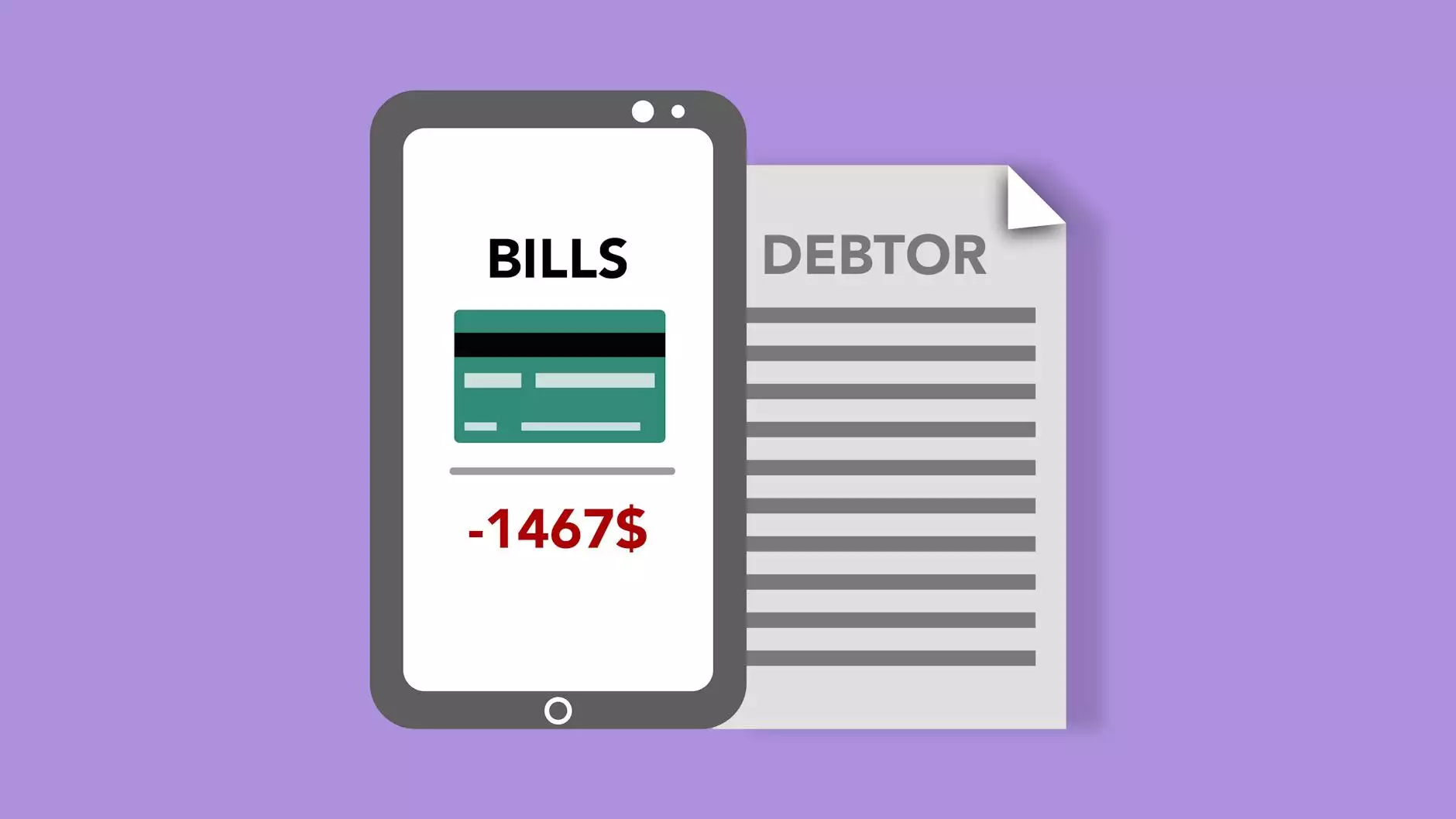Unlocking the Power of Pronouns - A Comprehensive Pronoun Chart

Introduction
Welcome to Upscale Bargain's Pronoun Chart! In this comprehensive guide, we will delve into the world of pronouns, exploring their various types, their usage in different contexts, and providing a plethora of examples for easy comprehension. Whether you are a student, an ESL learner, or simply someone looking to enhance your grammatical prowess, this guide has got you covered.
What are Pronouns?
Pronouns are an essential component of language. They function as substitutes for nouns and noun phrases. By using pronouns, we can refer to people, objects, places, and ideas without repeating the same nouns over and over again. Pronouns add efficiency and clarity to our communication, making it easier for listeners and readers to understand our intended meaning.
Types of Pronouns
1. Personal Pronouns
Personal pronouns refer to specific persons or things. They can indicate the speaker (first person), the person being spoken to (second person), or the person or thing being spoken about (third person). For example:
- First person: I, we
- Second person: you
- Third person: he, she, it, they
Personal pronouns are used in various contexts, such as subject pronouns (e.g., I went to the store), object pronouns (e.g., The dog followed them), and possessive pronouns (e.g., The book is mine).
2. Demonstrative Pronouns
Demonstrative pronouns point to specific people or things, indicating their relative distance from the speaker or the listener. Common demonstrative pronouns include:
- Singular: this, that
- Plural: these, those
Demonstrative pronouns are often used to replace nouns that have already been mentioned or to draw attention to a specific object or person.
3. Reflexive Pronouns
Reflexive pronouns refer back to the subject of a sentence and are formed by adding "-self" or "-selves" to certain personal pronouns. They are commonly used when the subject and object of a sentence are the same. Examples include:
- Singular: myself, yourself, himself, herself, itself
- Plural: ourselves, yourselves, themselves
Reflexive pronouns emphasize that the action of the verb is directed back at the subject.
4. Relative Pronouns
Relative pronouns introduce dependent clauses within sentences and help to connect different ideas. Common relative pronouns include:
- Who: refers to people
- Whom: also refers to people, usually as the object of a verb or preposition
- Which: refers to things or animals
- That: refers to people, animals, or things, and is often used in restrictive clauses
- Whose: indicates possession
Relative pronouns allow for more complex sentence structures and provide additional information about the subject or object.
5. Interrogative Pronouns
Interrogative pronouns are used to ask questions. They introduce direct or indirect questions and include:
- Who: asks about a person or group of people
- Whom: asks about a person when used as an object
- What: asks about a thing
- Which: asks about a choice between options
- Whose: asks about possession
Interrogative pronouns help us gather information, clarify queries, and facilitate effective communication.
6. Indefinite Pronouns
Indefinite pronouns refer to people, places, or things in a more general or non-specific manner. They include:
- Singular: anyone, everyone, someone, no one, anybody, everybody, somebody, nobody
- Plural: both, few, many, several
- Singular or Plural: all, any, none, some
Indefinite pronouns allow us to refer to a broad group of things or people without specifying them individually.
Mastering Pronoun Usage
To effectively use pronouns in your writing or speech, it is essential to understand their proper application within different contexts. Let's explore some key guidelines and best practices:
1. Agreement
Pronouns should agree with their antecedents in terms of number (singular or plural) and gender (masculine, feminine, or neuter). For example, if the antecedent is a singular noun, the pronoun should also be singular. Similarly, if the noun is feminine, the pronoun should match in gender.
2. Clarity
Using pronouns can help improve the flow and clarity of your writing; however, it is crucial to ensure that your pronoun usage does not lead to confusion or ambiguity. Make sure it is clear which noun the pronoun refers to, especially when referring to multiple nouns within a sentence or paragraph.
3. Avoiding Pronoun Vagueness
Be mindful of indefinite pronouns that might result in vagueness or lack of specificity. If possible, try to use more precise language to convey your intended meaning, especially in academic or formal writing where clarity and precision are highly valued.
4. Varied Pronoun Use
Using a variety of pronouns throughout your writing can add interest, avoiding repetitive sentence structures. However, ensure that the pronoun usage remains appropriate and aligns with the desired tone and style of your writing.
5. Contextual Understanding
Consider the broader context in which pronouns are used. Pronouns can carry different connotations or implications, especially when discussing gender, identity, or specific cultural nuances. Be sensitive to these factors and choose pronouns accordingly to foster inclusivity and respect.
Now that you have gained a solid understanding of the different types of pronouns and their usage, you are ready to incorporate them seamlessly into your writing or conversation. Keep our Pronoun Chart bookmarked for quick reference, and feel free to explore more language resources on Upscale Bargain to enhance your linguistic mastery.
Dive into the World of Pronouns with Upscale Bargain
At Upscale Bargain, we are passionate about providing high-quality language resources and tools to help learners of all levels excel in their linguistic pursuits. Our Pronoun Chart serves as a valuable reference, supporting your language development journey by offering a comprehensive breakdown of pronoun types, their usage examples, and detailed explanations for optimal comprehension.
Whether you are a student, a language enthusiast, or a professional looking to refine your grammatical skills, our Pronoun Chart equips you with the knowledge and confidence to communicate effectively and fluently.
Explore our website for an array of language resources, including grammar guides, vocabulary lists, and useful tips and tricks to enhance your language proficiency. At Upscale Bargain, we strive to empower learners and inspire linguistic growth.










